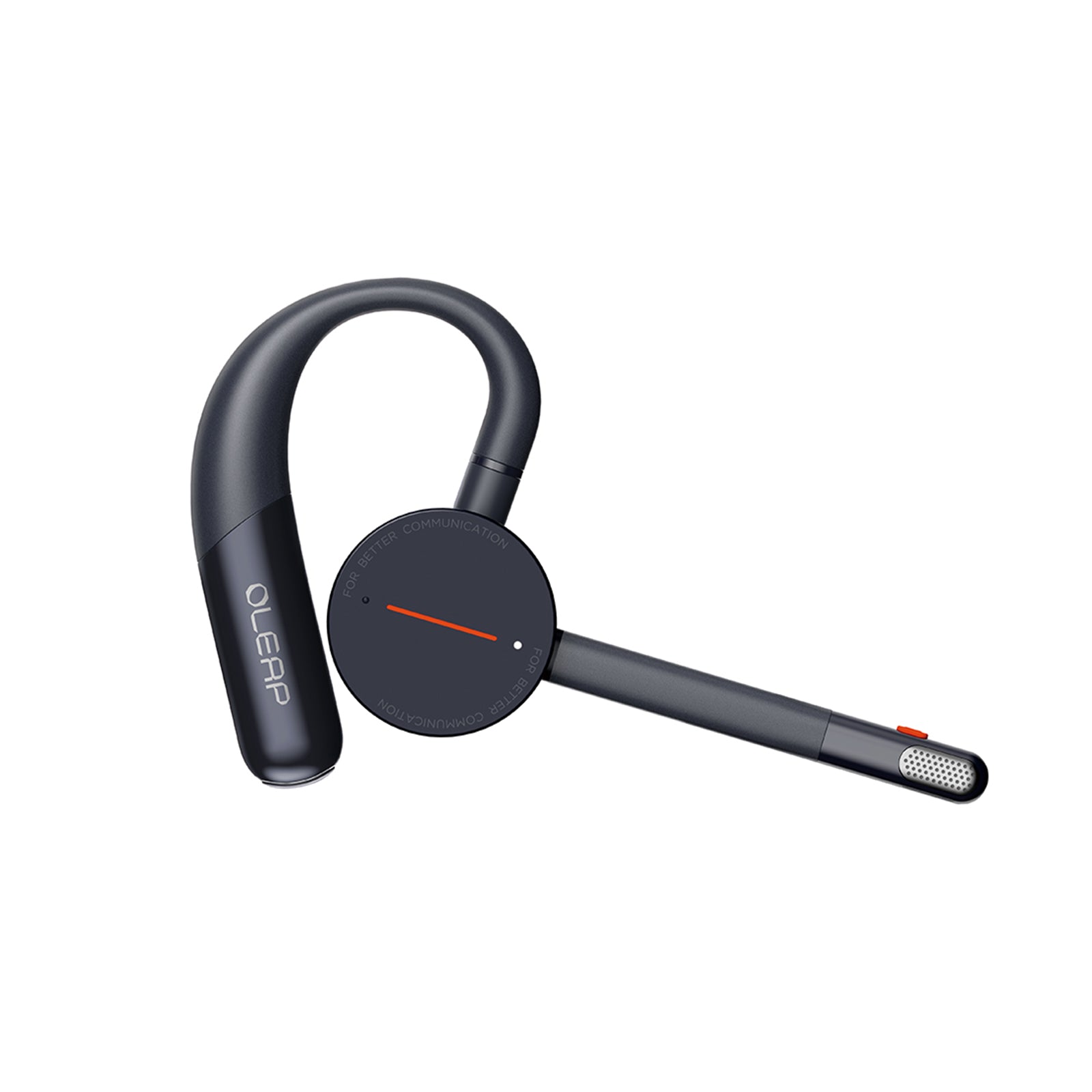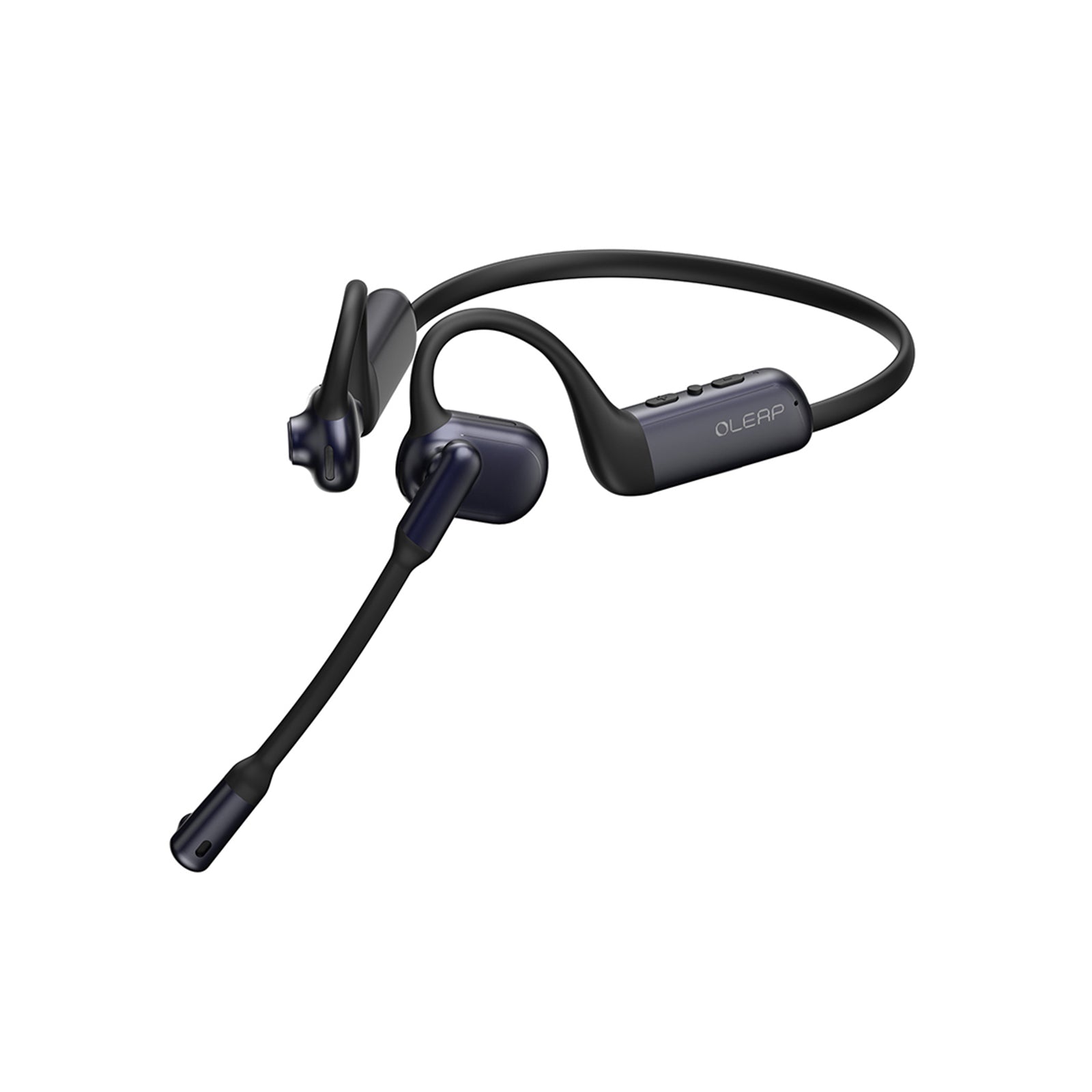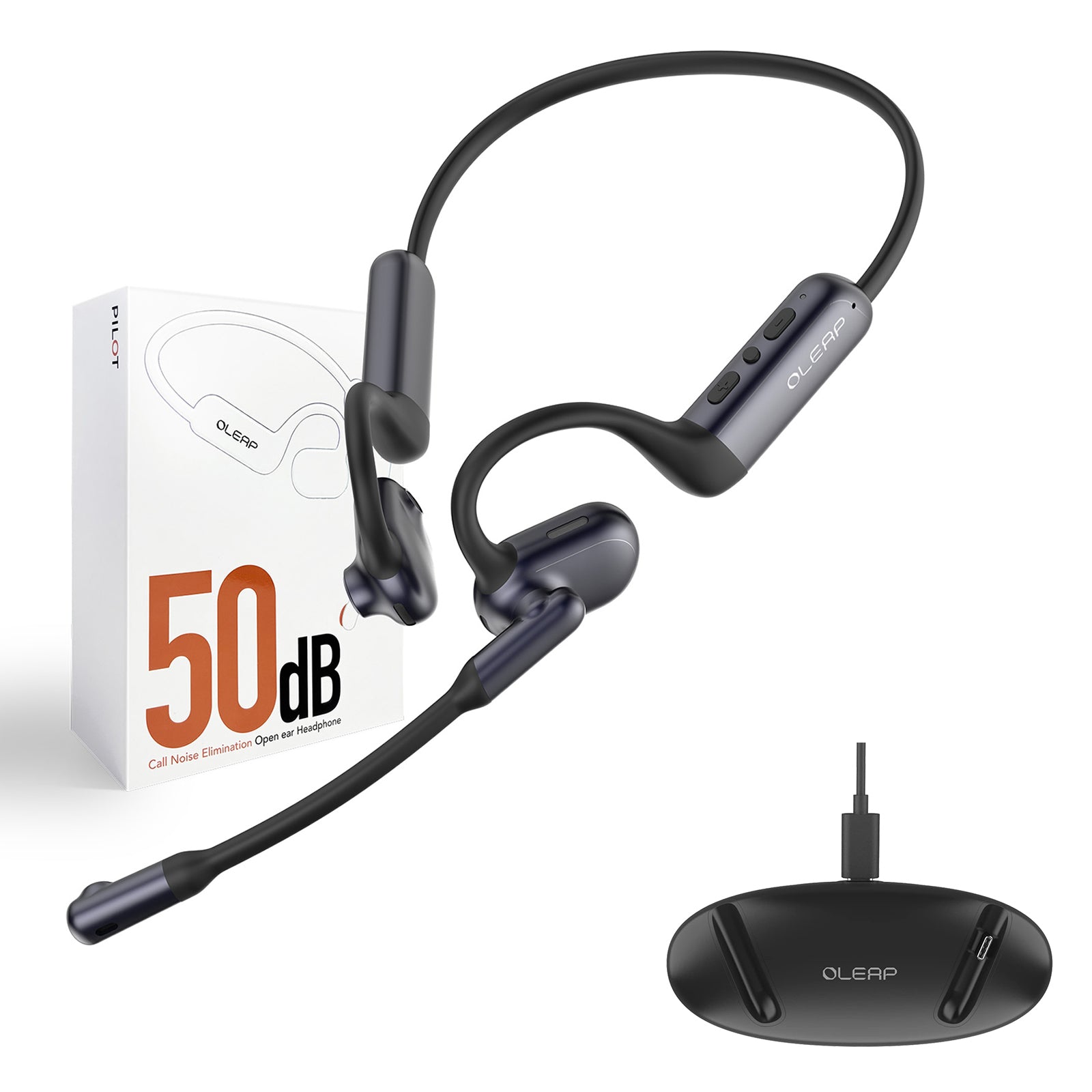Modern professionals are working everywhere—open offices, coworking cafés, home kitchens, even back seats of cars between client visits. The flexibility is liberating, yet it comes with a new challenge: constant background noise.
Industry surveys on hybrid work consistently point out that unwanted sound is one of the most common productivity barriers for remote employees. For people whose work depends on voice—sales teams, teachers, journalists, consultants—noise doesn’t just distract; it damages communication itself.
Every echo, keyboard tap, or barking dog on a conference call chips away at professionalism. And yet, in this new landscape of “work from anywhere,” clear voice communication has become more important than ever.
Why Traditional Noise-Cancelling Isn’t Built for Conversations
Most people turn to Active Noise Cancellation (ANC) headsets. ANC creates anti-noise sound waves that make the environment seem quieter for the listener. But the limitation is obvious: it silences for you, not for others.
On a call, your client still hears the espresso machine, the nearby chatter, or traffic passing by. The conversation may sound peaceful to you but chaotic to them.
Environmental Noise Cancellation (ENC) reverses that logic.
Instead of generating anti-noise, it uses microphone arrays and acoustic algorithms to detect your voice and strip away everything else—so the other side hears only you.
It’s the difference between closing your ears and opening clarity for everyone on the call.
Oleap’s Leap: The Power and Precision of 50 dB ENC
Typical ENC headsets suppress around 25 dB of noise—enough to blur soft background hums but not human speech or traffic.
Oleap, However, has achieved a remarkable 50 dB noise-suppression performance —reducing background noise energy by roughly 100 000 times.
This capability is powered by:
1. Multi-mic arrays (one unidirectional + two omnidirectional ECM mics in P200b Pro; dual mics in Archer) that capture sound in precise spatial layers;
2. Gammatone filter banks and auditory scene analysis that separate target voices from complex noise fields;
3. Deep-learning and blind source separation algorithms that remove surrounding voices and reverberation without distorting tone.
What does 50 dB really mean in daily life?
It means talking from a café that’s as loud as 80 dB and having the other person hear you as if you were in a 30 dB quiet office.
It means turning a subway commute into a professional meeting space.
Real-World Scenes Where 50 dB ENC Changes Everything
1. The Open-Plan Office
Sales executives and project managers often share wide, echo-filled offices where dozens of conversations overlap. Ordinary headsets leak colleagues’ voices into every client call. With Oleap, the 50 dB ENC isolates one speaker’s voice so effectively that even during team chatter, external participants hear only the speaker—no typing, no laughter in the background. This instantly raises the perceived professionalism of remote meetings.
2. The Mobile Professional
Consultants, journalists, and ride-share entrepreneurs conduct business from airports, taxis, and trains. Traditional ANC fails here because engines and announcements include mid-frequency human-like sounds that ANC cannot invert. Oleap’s algorithm, however, learns these dynamic noise profiles and suppresses them while preserving vocal clarity. A reporter can dictate notes mid-journey; a lawyer can take client calls between court sessions—both with studio-level sound.
3. The Educator and Trainer
In online teaching, clarity equals trust. If students hear constant echo or background sounds, attention collapses. Oleap headset’s open-ear design keeps teachers aware of their surroundings while its 50 dB ENC ensures every instruction is transmitted cleanly. AI-powered transcription then turns the lesson into accurate notes, supporting accessibility for multilingual learners.
The rise of hybrid and remote work is permanent. As virtual meetings become the default medium of business, the standard for call clarity must rise with it.
Yet market offerings remain limited: most consumer headsets plateau around 30 dB ENC and lack AI integration.
This gap defines Oleap’s opportunity. Its 50 dB performance is not a marketing claim—it’s the measurable outcome of rigorous acoustic engineering validated across professional environments.
The result is a headset category that blends enterprise-grade communication with consumer-level comfort and design—precisely what modern professionals have been waiting for.
Oleap’s mission—enhancing the quality of human life and work through audio intelligence—reflects a larger movement: from devices that block noise to systems that empower understanding.
In that sense, every decibel Oleap cancels is more than silence gained; it’s focus restored, efficiency recovered, and professionalism amplified.




